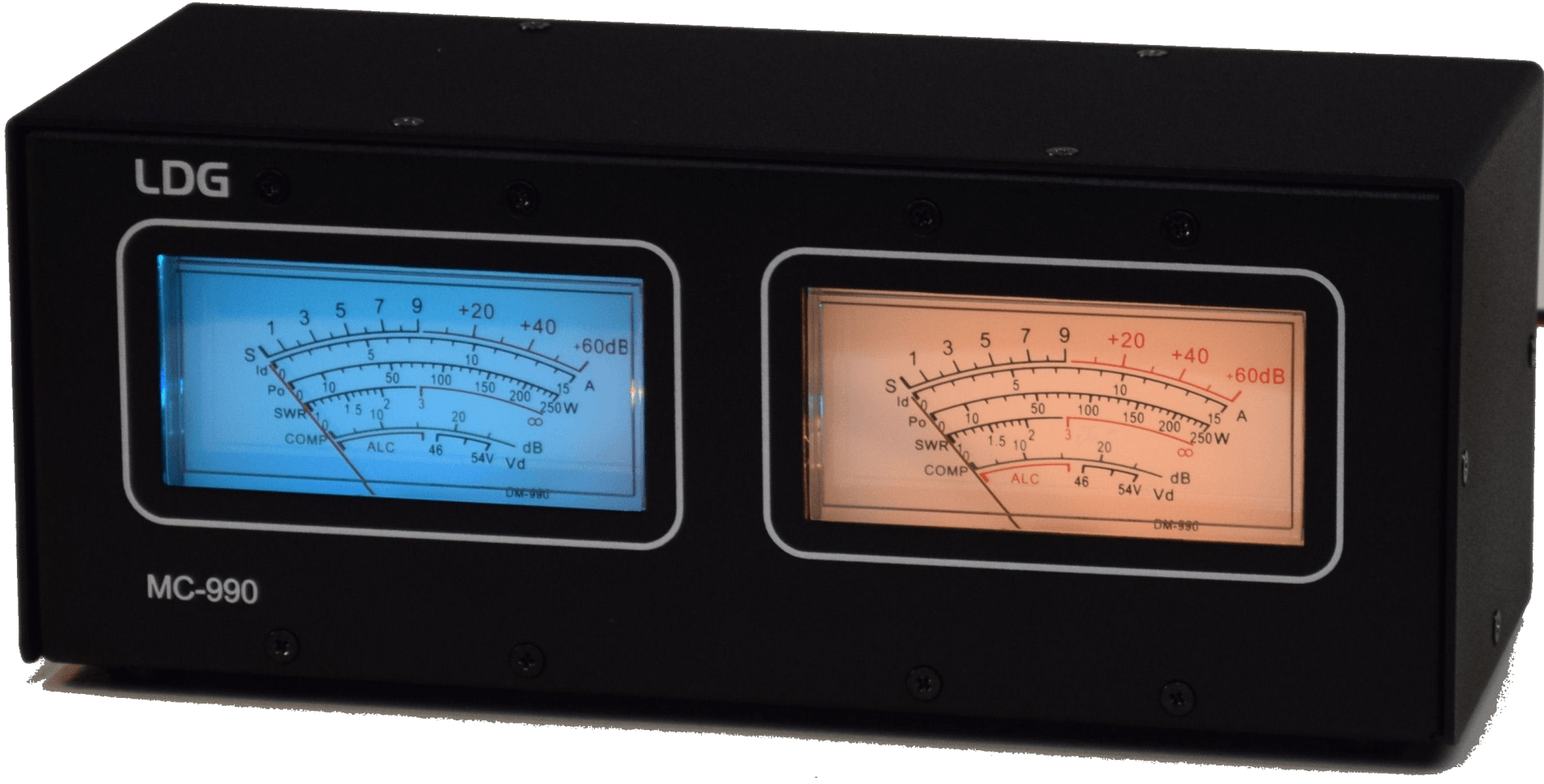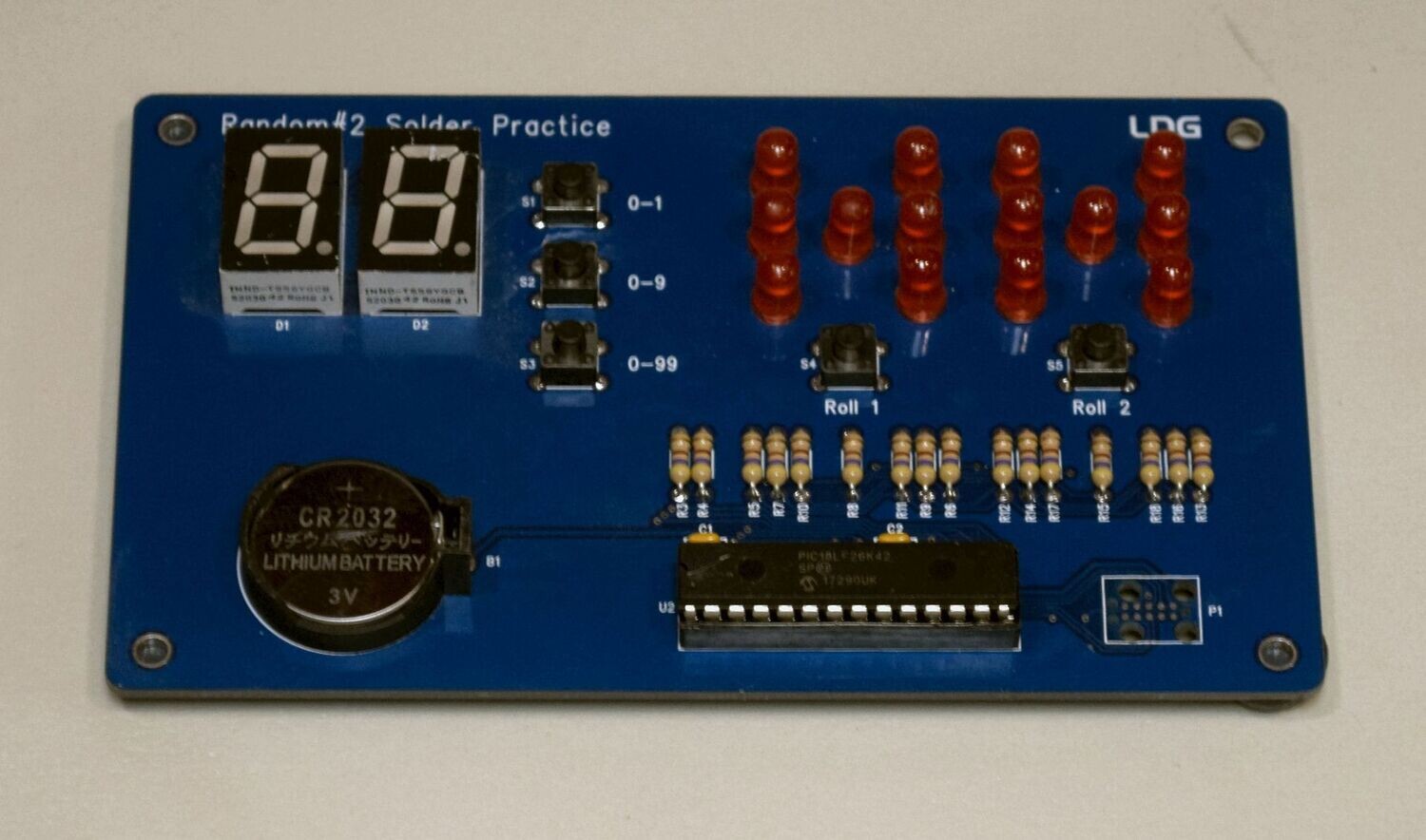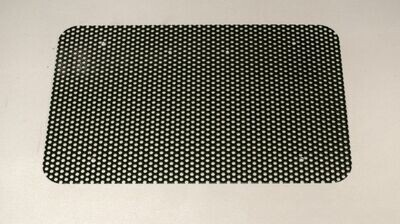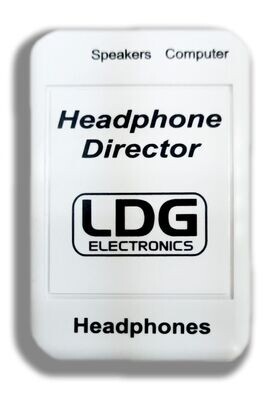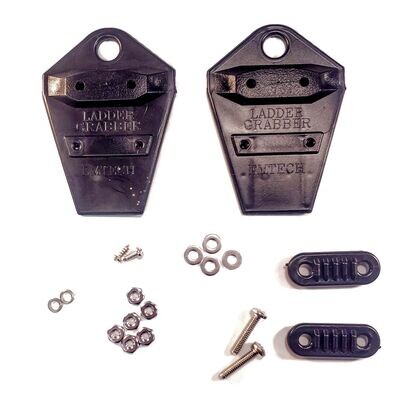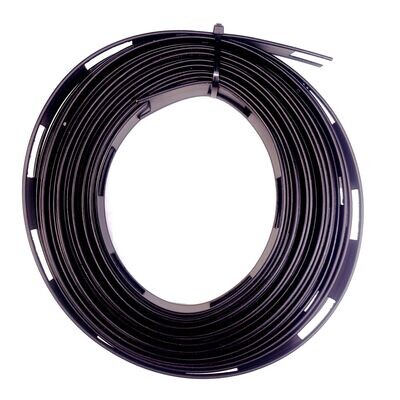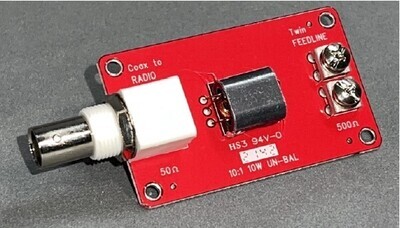Random #2 Solder Practice Kit
Solder Practice Random #2
What is it?
Solder Practice PC board with five random number generators driven by a PIC processor. Touch one of the push buttons to get a random answer. The LEDs stay lit for 10 seconds then everything turns off. 14 LEDs make up the dual dice to simulate rolling one or two dice. The dual seven-segment display gives up to 100 possible outcomes.
Purpose: Why do we need it?
Learn to solder and have fun. Learn the basic math of random numbers and how they perform.
BOM: PCB, Solder 40 parts, 130 solder connections. Beginner level, all mechanical.
How does it work?
The microprocessor runs one of five random number generation algorithms.
0-1: Binary random number. Like a coin flip. A 1 or a 0 are the only answers.
0-9: Decimal random number. Gives answer between 0 and 9.
0-99: Random number. Gives answer between 0 and 99.
Roll 1: Rolls one dice. Gives answer 1-6.
Roll 2: Rolls two dice. Gives answer 2-12.
If you roll a 6-sided die, there is an equal probability that the die will land on any given side. That probability is 1/6. This means that if you roll the die 600 times, each face would be expected to appear 100 times.
When you have two dice. The combined result from a 2-dice roll can range from 2 (1+1) to 12 (6+6). However, the probability of rolling a particular result is no longer equal. This is because there are multiple ways to obtain certain results.
What do the geeks want to know?
Processor PIC18F26K42
Battery CR2032.
14 LEDs and 14 resistors
Five push buttons.
Two seven-segment LEDs
Software random generator. Multiplexing LEDs to save battery power.
What is needed to complete?
Solder in parts.
Install battery.
Push buttons.
